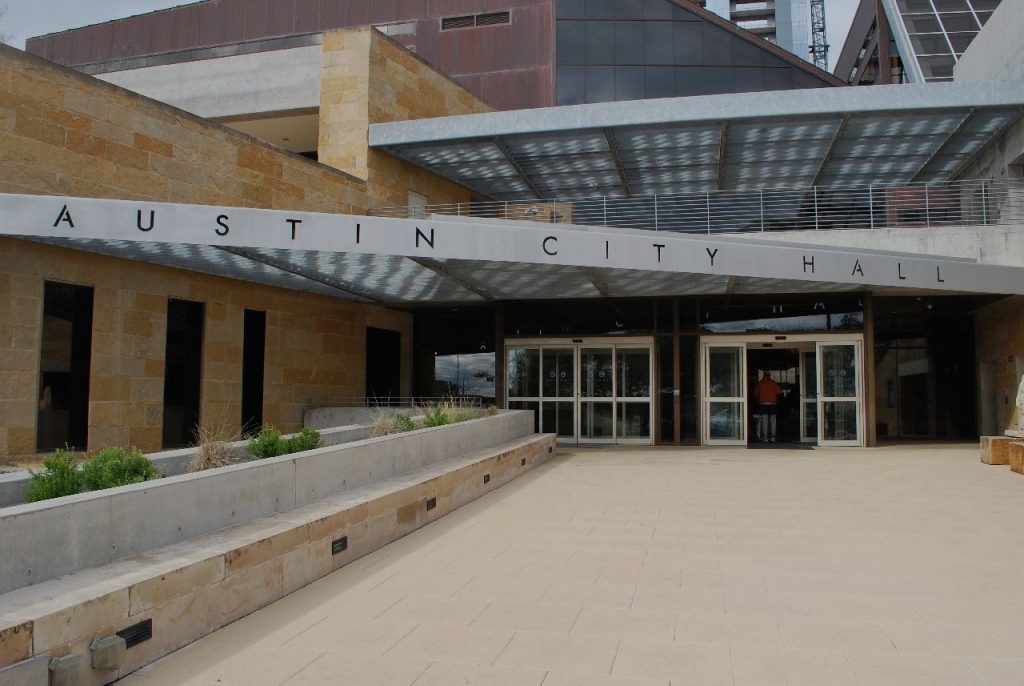It’s that time of year again. August is here and that means two things – City Council is back from their summer break and it’s time to start talking budget. If you remember, we actually did our first Civics 101 Happy Hour back in May on the city’s budget process. At that time, we showed you how to fill out surveys and contact the city’s Budget Office in order to share you opinions on how the city should be spending its money.
Here’s what’s happened since. The city’s Budget Office and the City Manager took all of the public input collected throughout the spring and early summer, combined that with City Council’s stated priorities, and then put together a draft budget proposal for the year 2016-2017. That proposal has just been published. You can read the entire thing here>>
Warning – the full budget document is hundreds of pages long, so we are just going to share some of the highlights with you below.
What is the proposed budget?
The overall dollar amount of the proposed budget is $3.7 billion. That’s about a 3 percent increase from last year.
That might sound like a big number at first, so here is a breakdown of where it all goes:
- Nearly half goes to our two municipally-owned utilities, Austin Energy and Austin Water. However, it’s important to note that both utilities pay for themselves with the user fees they charge all of us for water and electricity.
- Another 22 percent of the budget goes to the city’s general fund, which pays for police, fire, libraries, parks, etc. It is also usually a budget area of heightened debate, so we’ll take a closer look at it in a bit.
- Most of the rest of the budget goes toward other city departments, which includes Austin Resource Recovery, Public Works, and the city’s Transportation Department.
What does the general fund budget look like?
The 2017 general fund is estimated at $969.2 million. That’s just under a $60 million increase from last year’s general fund budget.
Here’s how that money will be spent, according to the new budget proposal:
- The vast majority of the general fund (70 percent) goes to police, fire, EMS, and the city’s Municipal Court
- Almost 22 percent of the fund goes to community services, which includes libraries, parks, and animal services
- Another five percent goes to development services and planning and zoning
What are some of the new things that the general fund is paying for?
In the Executive Summary of the proposed budget, some of the reasons behind the 6 percent increase in the city’s general fund are described. The summary primarily attributes the increase to three things:
- The growing costs of things like employee health insurance and wages
- The price tag associated with new City Council priorities and programs
- Costs associated with Austin’s growth as a city, including the need for expanded city services and additional staff
Some specific programs and staff increases included in the general fund budget proposal include:
- Staff increases in the police department to increase “proactive community engagement time”
- Staff increases in development services to expedite the city’s building and permit review process
- New positions and costs associated with the opening of the new central library in the Spring of 2017
- Some additional funding for CodeNEXT
- The reduction of the work week for the city’s paramedics from 48 to 42 hours
- Supportive housing for the homeless
How will the proposed budget affect my tax bill?
Despite the overall increase in the size of the city’s budget, the city’s property tax rate is actually decreasing this year. The proposed rate is 44.11 cents per $100 of taxable property value. That is a reduction of 1.78 cents from this year’s rate.
While it might seem counterintuitive at first, a major reason why Austin’s budget is increasing while its tax rate is decreasing it the city’s rapid growth. Since the average value of an Austin home is predicted to increase by about 10.6 percent in the upcoming fiscal year, the average Austinite will still see an increase in their actual property tax bill.
When the city’s new 8 percent homestead exemption is taken into account, this means that the typical Austin homeowner can expect to see a $44 increasein their annual tax bill for this upcoming year. When fees and utility rates are included into that number, the increase is closer to about $150, or a 4 percent increase.
Then what will my tax bill be?
As the City of Austin budget negotiations heat up, it’s important to remember that the City of Austin is not the only tax-collecting entity in town. In fact, only about 20 percent of your overall tax bill goes to the City of Austin. Most of it goes to the Austin Independent School District.
The City of Austin has projected that the average homeowner will pay about $1,131 in property taxes to the city. However, they also project that the average homeowner will pay a total property tax bill of $5,535 in 2017.
What’s next?
Now that the City Manager has put out an initial budget proposal, it’s time for City Council and the general public to chime in. City Council will have several budget work sessions throughout August, during which they’ll dig into the nitty gritty of the budget proposal. They’ll also have time to discuss possible changes.
There will be public hearings on the budget on August 18th and September 1st. The budget will then be adopted in mid-September and the new fiscal year begins October 1st.
During the next month, there will be lots of opportunities to get involved as City Council, along with local nonprofit and advocacy organizations, have the time to look at the budget and make suggestions. Stay tuned for updates on the budget (especially it’s green components) over the next several weeks!







